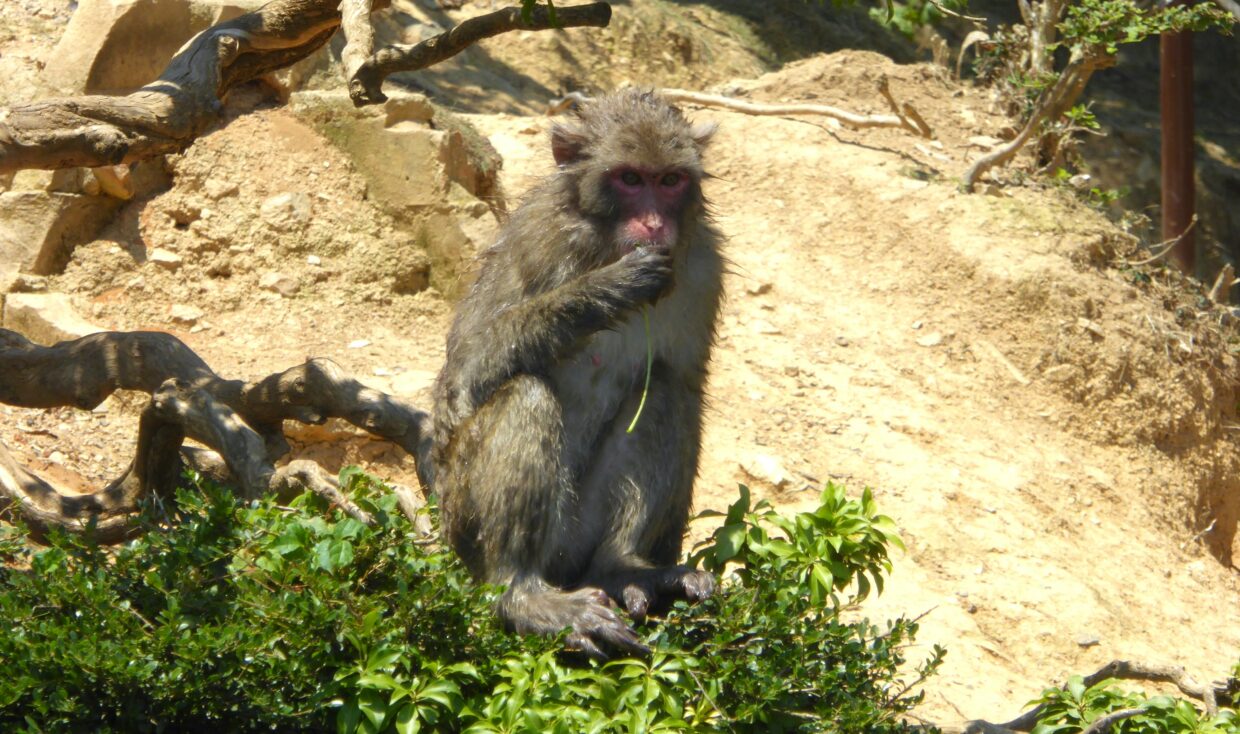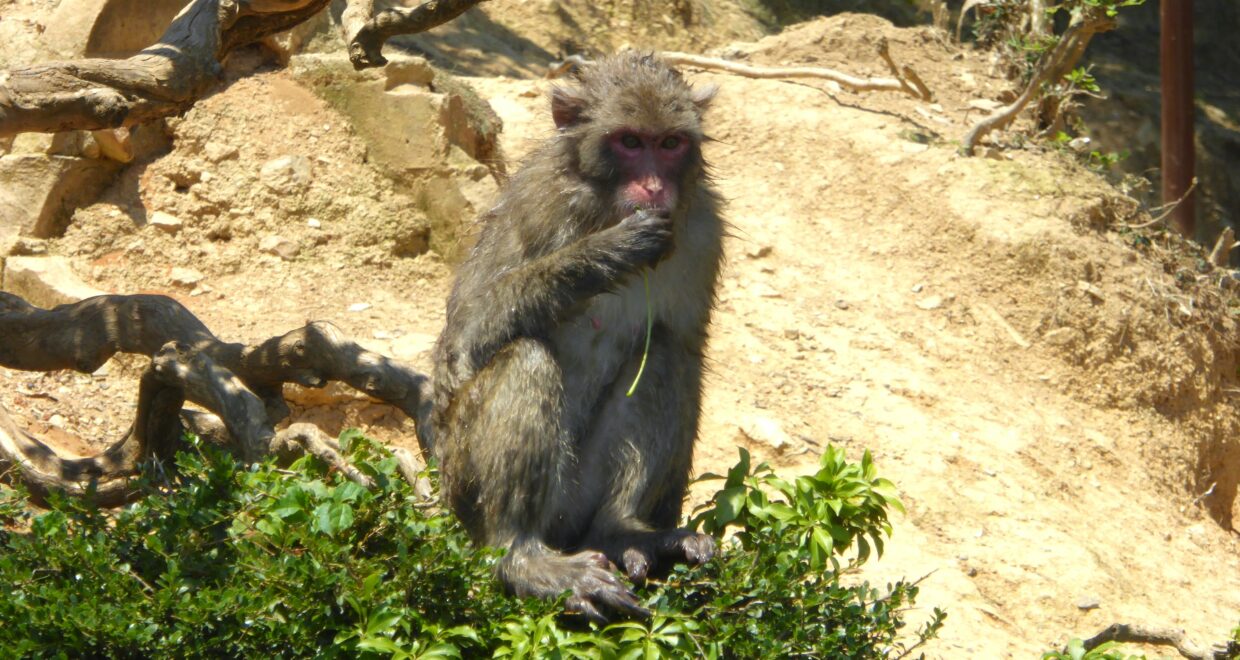Strongylid Nematode Communities of Asian Primates Lack Species Diversity
The paper “Novel insight into the genetic diversity of strongylid nematodes infecting South-East and East Asian primates” published in Parasitology is freely available to read online.
Strongylid nematodes are a major radiation of soil-transmitted helminths, identified globally in humans, domestic animals, and wildlife. Strongylids typically occur in complex, multi-genera communities, especially in large terrestrial herbivores such as gorillas, elephants, and equids. While strongylids have been well studied in both human medicine and veterinary sciences, such exploration of these parasites in wildlife is lacking. In non-human primates (NHPs), strongylid infections are typically reported as just that, lacking finer taxonomic resolution due the indistinguishability of different species, or even genera, with traditional microscopic approaches.
Wild NHPs remain one of the worlds most threatened mammalian taxa, highlighting a growing need to better understand their ecology and conservation threats, including those encompassed by parasite diseases. Population dynamics of wildlife hosts have long been associated with parasitic infections, and while strongylid nematodes are typically asymptomatic in wild NHPs, clinical symptoms have been previously reported both in captivity and the wild. In this study, we used modern metagenomic approaches to describe the genetic diversity of strongylid nematode communities of South-East and East Asian NHPs.

Surprisingly, strongylid nematode communities were dominated by a single species: Oesophagostomum aculeatum; with almost all infections being single species infections. This drastically contrasts the multi-genera strongylid nematode communities described in African NHPs. Through phylogenetic analysis of the identified strongylid nematodes, we reveal a potential for cryptic lineages within the O. aculeatum complex. One lineage appeared more host specific, primarily infecting orangutans, while the other lineage was identified in a number of host species, indicating a more generalist lineage. To confirm or deny the presence of cryptic species within the O. aculeatum complex, further investigation with additional genetic markers is needed, particularly those with divergence at the mitochondrial DNA loci.
Particularly interesting is the low species diversity of strongylid nematodes observed in Bornean Orangutans (Pongo pygmaeus), with African great apes previously shown to have diverse strongylid communities of multiple species. This suggests the strongylid communities of Asian great apes lack species diversity compared to African great apes. Such findings disunite the host-parasite co-speciation hypothesis, which predicts parasite phylogenies will emulate the host phylogenies within which they evolved. Various environmental and individual host factors may drive this divergence of parasite communities, as further demonstrated by our findings within different macaque species, whereby strongylid nematode communities were divergent between closely related host species. We found the lowest alpha diversity of strongylid nematodes within Japanese macaques (Macaca fuscata), likely reflecting the single-primate communities in which they have long existed and the unique climatic conditions of their habitat.
This research seemingly reveals a low species diversity of the strongylid communities infecting South-East and East Asian NHP. However, to capture the true genetic diversity further research is required, benefiting from additional sampling of NHP species as well as application of different genetic markers. Having identified differences in the strongylid communities of Macaca species, this genus would provide a suitable model, with over twenty recognised species across a wide geographical range, for investigating the host-parasite co-speciation hypothesis within strongylid nematodes. The baseline data established through this research benefits the ongoing monitoring of health threats to wild NHPs, providing complex insights in their strongylid nematode communities.






